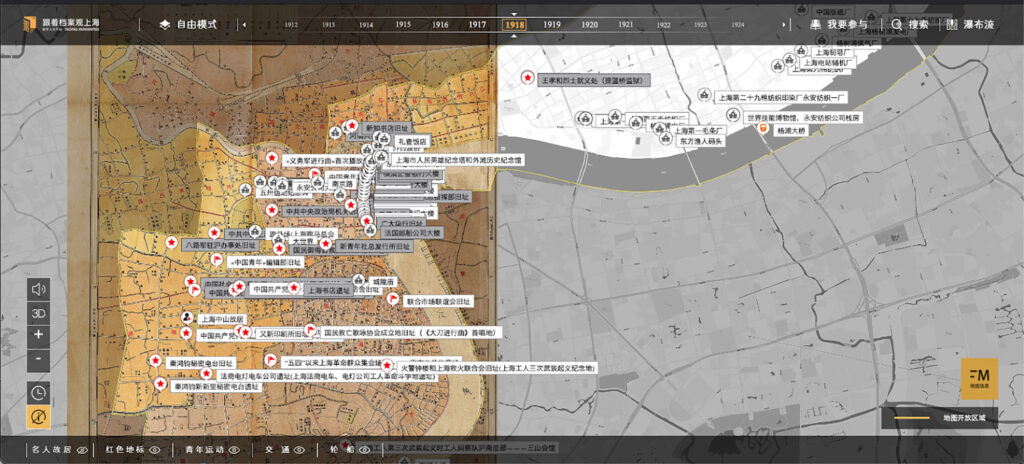Dear Longhorns,

As we embark on a new academic year, I am thrilled to welcome both new faces and familiar friends back to campus. This is truly my favorite time of year, filled with the excitement of new beginnings and the joy of reconnecting with our vibrant community.
Over the summer, our team has been hard at work preparing the Libraries to serve you better. I’m excited to announce the completion of significant renovations at the Perry-Castañeda Library (PCL). You’ll notice new furniture in many of our common spaces, fresh paint, and new carpeting that together create a more inviting and comfortable environment. Additionally, we’ve added new shaded seating on the plaza to offer some relief from the Texas sun, making PCL an even better place to study, collaborate, and gather.
But PCL is just one library among many. We have a network of spaces across the Forty Acres, each with its own unique offerings. Whether it’s the Life Science Library in the iconic Tower, the Benson Latin American Collection in Sid Richardson Hall, the Physics/Mathematics/Astronomy Library (PMA) and the McKinney Library in north campus near Dean Keaton, the Walter Geology Library at the Jackson School, or the Fine Arts Library near the stadium that includes the Foundry makerspace, there’s a space for everyone. And don’t miss the newly renovated Classics Library in Waggener Hall—it’s well worth a visit. Whatever your style, whatever your community, we have a space for you!
Our global studies librarians have also been traveling far and wide, acquiring new and rare items to add to our collections. Collections work like this, which has been ongoing for over 140 years, ensures that we continue to provide the best and most effective resources to support your academic journey.
At the Libraries, we are committed to helping you succeed in your academic journey. Our librarians are here to assist you with your research needs, whether you’re selecting a topic, finding the right resources, or ensuring ethical use of information. You can reach out to us through our online chat service, via email, through online guides, in classes, or by scheduling a one-on-one consultation. We also provide access to a vast array of materials, both in our libraries and online, that you can begin exploring at lib.utexas.edu. Need help navigating our system? We’re here to guide you every step of the way.
The Libraries are also some of the best study spaces on campus. PCL is open 24/7 during the regular semester, offering a secure and welcoming environment with quiet and collaborative spaces to suit your study style. Computer labs are available to all students, with additional specialized software at PCL and the Fine Arts Library (FAL) to support your assignments, and printing services available for a small fee. You can find more information on our locations, hours, and services on our website.
As we begin this new year together, I want to remind you that these are your libraries. Our experts are here to help you navigate the challenges you may face, offering the spaces, services, and friendly support you need to succeed in your work at UT.
Here’s to a successful and inspiring academic year ahead!
Hook ’em!
























